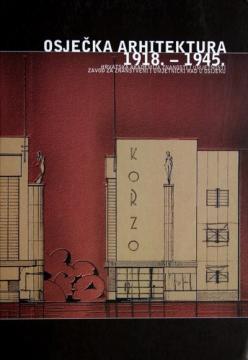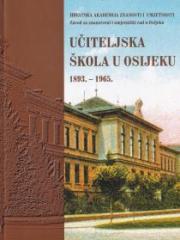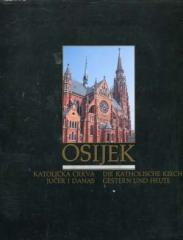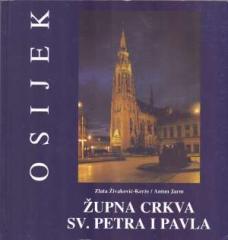
Osječka arhitektura 1918. - 1945.
This book is the result of the collaboration of scientific and professional workers from the fields of architecture, urban planning and art history on the project of systematic analysis and presentation of the architecture of Osijek between the two world
"Modern architecture between the two world wars grew out of Art Nouveau and rejected it." Vladimir Bedenko
The goal of the project is a comprehensive register of modern architecture and construction in the area of the city of Osijek. The work of Sanja Lončar Vicković: Industrial architecture of Osijek in the period from 1918 to 1945 is significant as part of modern European architecture. In this context, the accommodation has basic common features: the use of load-bearing structures made of concrete, reinforced concrete and steel, and a functionalist and minimalist approach to the design of the facade. The predecessors of modernity in Osijek were the OLT buildings from 1912, in which concrete and iron were used for the first time as primary materials. The most significant industrial buildings of the interwar period are Munjara and Remiza on the southern bank of the Drava opposite the Fortress. At the time of construction, they represented an impressive architectural and technological endeavor that embodied the postulates of modernity - the unity of construction and design, the readability of the internal skeleton in simple, monumental facades with large glass panels. The current state of industrial zones and factories from the period between the two world wars is extremely bad. Most of the buildings within the former factory circles - OLT, Kožara, Šibicara - are abandoned, devastated or actively destroyed. In the factories that still work and use the original plants - Remiza, Saponia, HEP - changes in technology, war damage, restoration and rehabilitation have led to a decrease in authentic architectural value. Extensive industry, which led to the creation of large industrial complexes, no longer exists and will never exist. The buildings are falling into disrepair, but the factory complexes are located in the best locations in the city and are becoming more and more attractive to investors. In the text, it is proposed to open and place the Technical Museum in the area of the former Munjara, which today houses the spare plant of the city's heating plant.
Nema primjeraka u ponudi
Poslednji primjerak je nedavno prodan.





